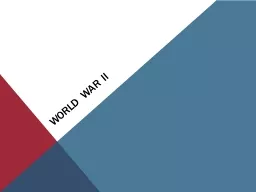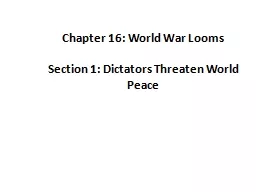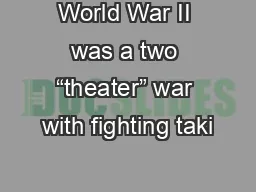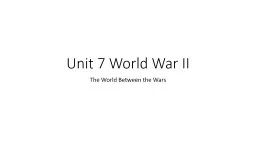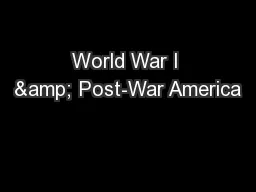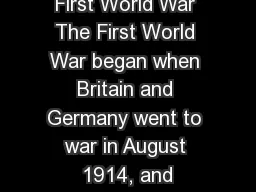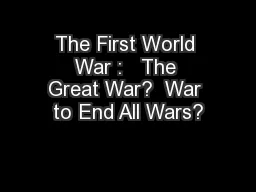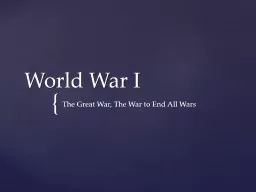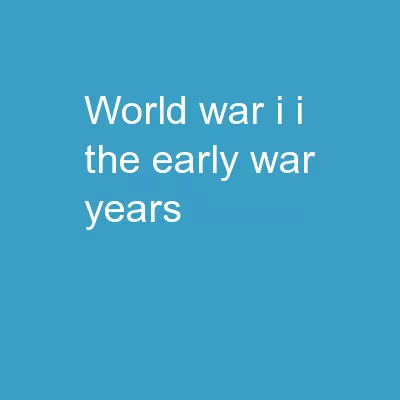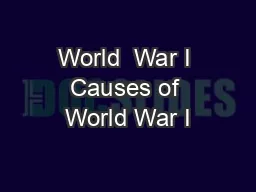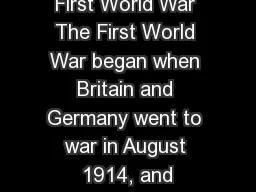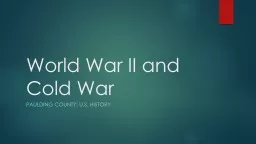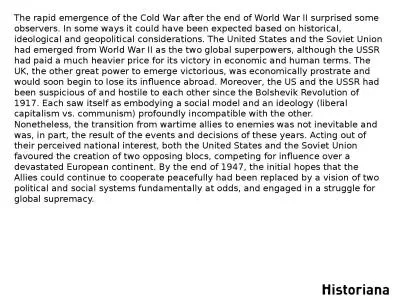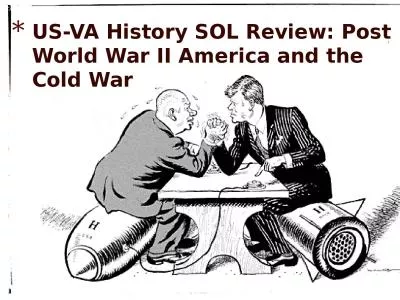PPT-World War II
Author : olivia-moreira | Published Date : 2016-04-19
Essential Question What role did the United States play in fighting in the Pacific during World War II While the war was coming to an end in Europe the Allies
Presentation Embed Code
Download Presentation
Download Presentation The PPT/PDF document "World War II" is the property of its rightful owner. Permission is granted to download and print the materials on this website for personal, non-commercial use only, and to display it on your personal computer provided you do not modify the materials and that you retain all copyright notices contained in the materials. By downloading content from our website, you accept the terms of this agreement.
World War II: Transcript
Download Rules Of Document
"World War II"The content belongs to its owner. You may download and print it for personal use, without modification, and keep all copyright notices. By downloading, you agree to these terms.
Related Documents

